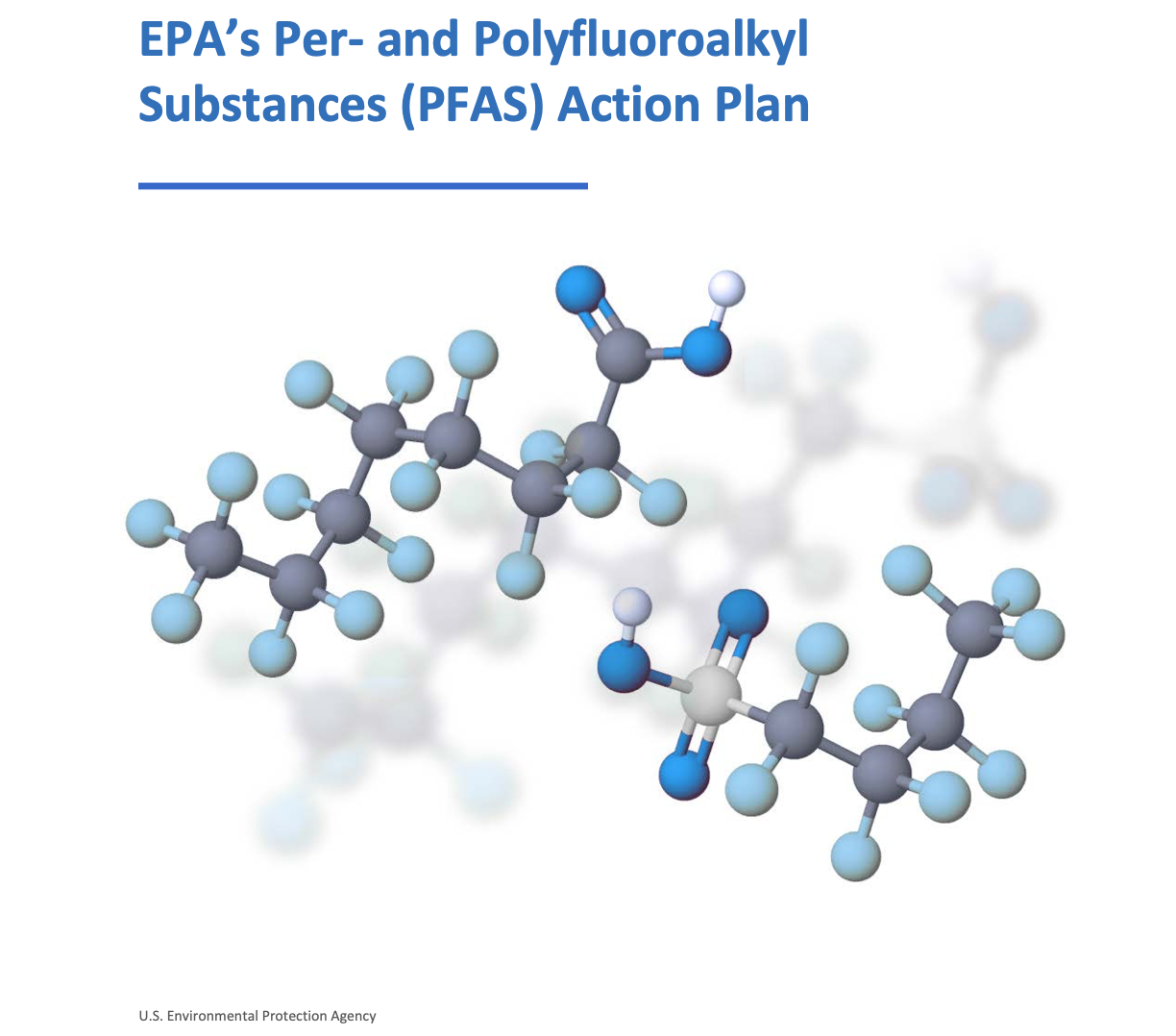The United States Environmental Protection Agency (EPA) appears to be fully engaged and dedicated to regulating the group of man-made chemicals called per- and polyfluoroalkyl substances (PFAS), also known as the forever chemicals.
Late last year, they requested comments on which PFAS compounds should be evaluated for listing under the Toxics Release Inventory (TRI) chemical reporting program, how to list them, and what the appropriate reporting thresholds should be, given their persistence and bioaccumulation potential. These actions could affect all facilities that manufacture, use, or store PFAS. The comment period ends February 3, 2020. However, the potential reporting requirements that come out of these efforts would become retroactive to January 1, 2020.
So, what happened in December?
First, the EPA published an Advanced Notice of Proposed Rulemaking (ANPRM) on December 4th. In this, the EPA requested comments on whether they should add some specific PFAS to the TRI. This program collects information about where toxic chemicals are manufactured, used, stored, and released into the environment. The database is used to track the industrial management of toxic chemicals that may pose a threat to human health and the environment. This information is publicly available and updated on an annual basis.
Then, on December 20th, Congress got involved and took steps to address PFAS by signing into law the National Defense Authorization Act (NDAA). Section 7321 of the act adds 160 PFAS compounds to the TRI reporting requirements. These requirements became effective on January 1, 2020 and require that PFAS releases into the environment of 100 pounds per year or more be reported to the TRI. At present, it is unclear whether this threshold applies to each listed compound individually or in aggregate.
The provisions of the NDAA will produce significant new information on PFAS chemicals, such as the manufacturing origin, use, storage, and impacts on the environment. The act also requires additional PFAS or classes of PFAS to be listed as reportable if certain thresholds are met. As a result, the NDAA directs the Environmental Protection Agency administrator to revise the TRI to include additional substances or classes of substances within two years of the administrator’s determination. This data will be used to justify additional regulations and legislature addressing PFAS sources.
The Challenges
Under the recent ANPRM, the EPA is soliciting input to guide its decisions on PFAS reporting requirements and establishing whether certain other PFAS should be added later to the list of substances reported in the TRI. These decisions will be based on the toxicity of the compounds. Compared to the long-chain PFOA (Perfluorooctanoic acid) and PFOS (Perfluorooctanesulfonic acid) that have already been phased out domestically, most of the replacement short-chain PFAS compounds have less data supporting their potential toxicity to human and ecological populations. Another challenge is in how to list the PFAS—as an individual chemical, single category, multiple categories, or combination of both. The EPA is seeking comments and data on these topics.
The New PFAS Regulations
The regulatory wheels are already in motion, and actions are underway. For example, as a result of the NDAA’s requirements, PFAS-containing packaging material, used for military MRE’s (Meals Ready to Eat), must be replaced by October 2021. The Department of Defense is also seeking to phase out PFAS-containing firefighting foams by 2024 and will require military firefighters to be examined for potential PFAS exposure via blood testing. Once the new reporting requirements are established, a broad universe of industrial facilities, from pulp and paper mills to waste incinerators, will be faced with how to estimate and measure their PFAS emissions into the water, air, and soil.
Challenges present themselves to adapt quality-driven monitoring technologies and analytical procedures to push further research and method development. The industry and the environmental testing community are being tasked to quantify individual and group PFAS in order to characterize sources and eventually evaluate technologies for PFAS control options. This may still be a developing science, but hard and fast requirements are right around the corner.







